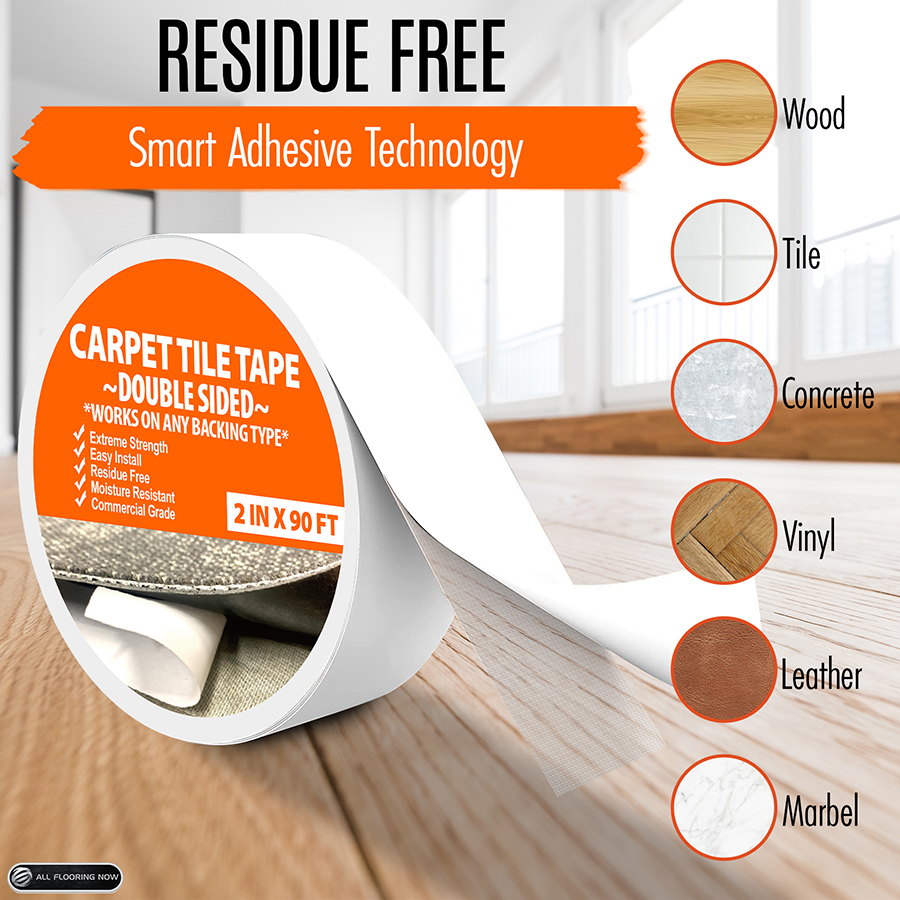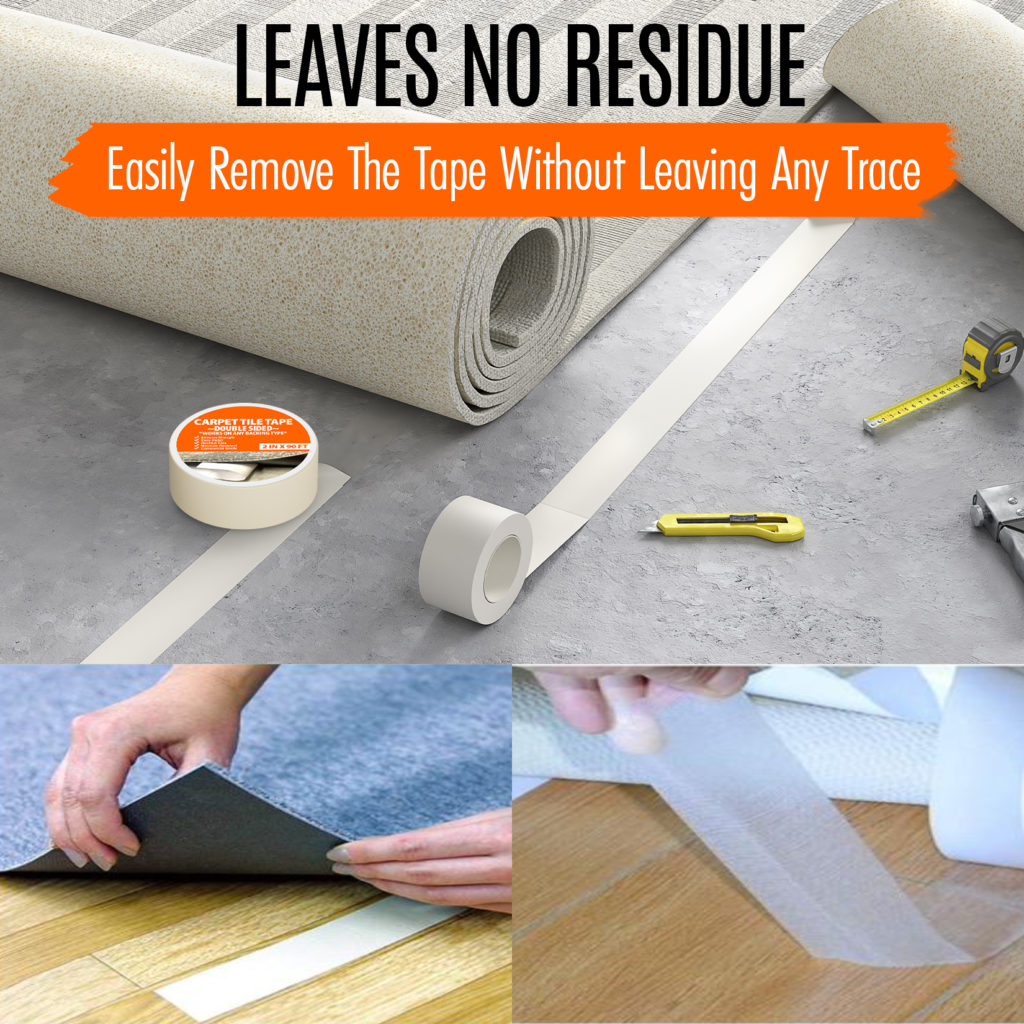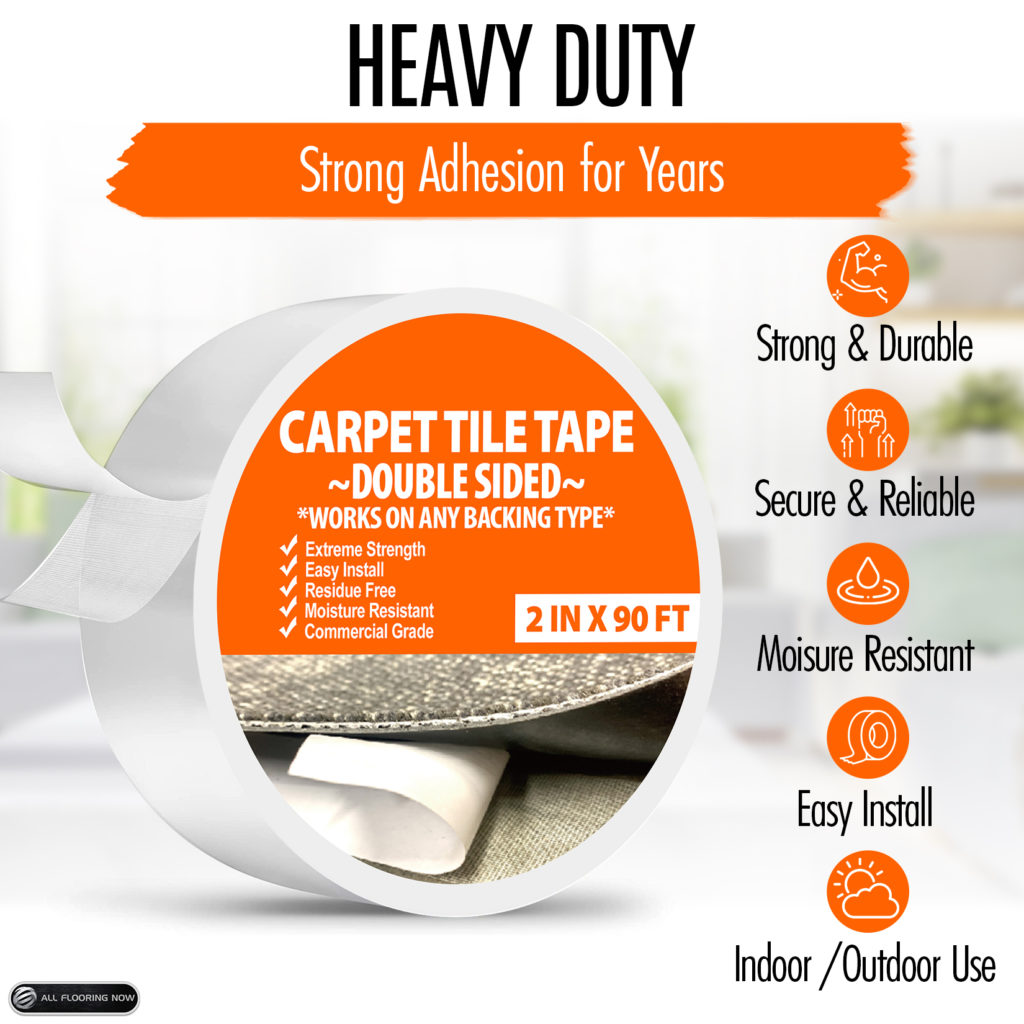Soundproofing a space can be a game-changer, especially in settings where noise control matters—be it a recording studio, an office, or a home theater. Among the various methods available, one versatile solution gaining attention is the use of carpet tile tape double sided for installing sound panels on walls. While its primary use might be for securing carpet tiles, its adhesive and structural qualities make it an ideal choice for affixing sound panels, offering an efficient, cost-effective, and practical means of soundproofing.
Understanding the Need for Soundproofing
Before delving into the specifics of carpet tile tape for sound panel installation, it’s crucial to comprehend the significance of soundproofing. Unwanted noise can disrupt productivity, create discomfort, and even affect mental well-being. Whether it’s reducing external noises in an office setting or containing sound within a recording studio, effective soundproofing is essential.
The Role of Sound Panels
Sound panels, commonly made of materials like foam, fabric, or fiberglass, serve as absorptive elements that help dampen sound waves. When strategically placed on walls, these panels absorb and mitigate sound reflections, reducing reverberation and echo in a room. However, installing these panels securely is key to maximizing their effectiveness.
The Benefits of Carpet Tile Tape Double Sided
Carpet tile tape is a double-sided adhesive specifically designed to attach carpet tiles firmly to surfaces. Its robust adhesive properties make it a surprisingly effective choice for securing sound panels to walls as well. Here’s why it stands out:
- Strong Adhesion: Carpet tile tape is engineered to bond well with various surfaces, including drywall, concrete, wood, and metal. This strong adhesion ensures that the sound panels stay firmly in place once installed.
- Ease of Use: Unlike other adhesives or mounting methods that might require mixing compounds or intricate installations, carpet tile tape is straightforward. Its peel-and-stick application makes it user-friendly, even for individuals with minimal DIY experience.
- Versatility: Apart from its primary use for carpet tiles, its adaptability extends to other materials like sound panels and foam soundproof squares. This versatility makes it a cost-effective solution since the same tape can be used for multiple applications.
- Residue-Free Removal: While providing a secure bond, carpet tile tape often allows for residue-free removal. This feature is advantageous, especially in scenarios where modifications or repositioning of sound panels might be necessary.
Steps to Install Sound Panels Using Carpet Tile Tape
The process of using carpet tile tape for sound panel installation is relatively straightforward:
- Prepare the Surface: Ensure the wall surface is clean, dry, and free from dust or debris. This step is crucial for maximizing the tape’s adhesive capabilities.
- Measure and Plan: Determine the optimal placement of the sound panels on the wall. Measure and mark the positions where the panels will be installed.
- Cut Tape to Size: Cut the carpet tile tape into appropriate lengths, ensuring it aligns with the edges and corners of the sound panels.
- Apply the Tape: Peel off the backing from the tape and affix it to the back of the sound panels. Press firmly to ensure a strong bond between the tape and the panel.
- Position and Press: Carefully position the sound panels on the marked spots on the wall. Press firmly against the wall surface to secure the adhesive bond.
- Allow Time to Set: Give the adhesive time to set and bond effectively with the wall surface. Follow the manufacturer’s guidelines for the recommended setting duration.
- Check and Adjust: After the adhesive has set, check the panels to ensure they are securely attached. Make any necessary adjustments if panels are not affixed properly.
Understanding the Need for Environmental Noise Control
Environmental noise control is a critical aspect of creating conducive spaces, whether for work, leisure, or relaxation. The infiltration of external sounds, such as traffic, construction, or neighborhood commotion, poses a challenge in maintaining a peaceful and productive environment indoors. This is where effective soundproofing measures, like utilizing sound panels, play a crucial role in mitigating the impact of environmental noise.
The Role of Sound Panels in Environmental Noise Control
Sound panels act as a shield against environmental noise by absorbing and diffusing sound waves, thus reducing reverberations and echoes within a space. These panels, when strategically placed on walls or ceilings, contribute significantly to controlling environmental noise levels and improving the overall acoustic quality of a room.
Leveraging Carpet Tile Tape for Sound Panel Installation in Environmental Noise Control
The application of carpet tile tape for affixing sound panels on walls takes on added significance in the realm of environmental noise control. By using this tape for secure panel installation, the potential to minimize external noise infiltration amplifies significantly. Here’s how it contributes:
- Reducing Sound Leakage: The robust adhesion of carpet tile tape ensures a tight bond between the sound panels and the walls, minimizing gaps that might allow external noise to seep into the room.
- Enhancing Sound Absorption: By securely affixing sound panels using this tape, the panels can effectively absorb more sound waves, thereby enhancing their acoustic performance in controlling environmental noise.
- Preserving Indoor Serenity: Properly installed sound panels contribute to creating a serene indoor environment by diminishing the disruptive effects of external noises, fostering concentration, and reducing stress levels.
Environmental Noise Control and Sustainability
An often overlooked but vital aspect is the environmental impact of soundproofing materials and methods. Fortunately, carpet tile tape, when chosen mindfully, can align with sustainability goals:
- Low VOC Formulations: Opting for carpet tile tape with low Volatile Organic Compound (VOC) formulations minimizes off-gassing and contributes to better indoor air quality, aligning with environmentally conscious practices.
- Reusable and Recyclable: Some variations of carpet tile tape are reusable or recyclable, allowing for a reduced environmental footprint and promoting a circular approach to material usage.
The Installation Process for Environmental Noise Control
Following the steps outlined earlier for sound panel installation using carpet tile tape not only ensures effective noise control but also emphasizes a simple, efficient, and environmentally conscious approach to soundproofing.
Promoting Serenity and Sustainability
In a world filled with environmental noise, creating spaces that offer both serenity and sustainability becomes increasingly valuable. Leveraging carpet tile tape for the installation of sound panels emerges not only as a practical solution for environmental noise control but also aligns with eco-friendly practices, contributing to a more harmonious and sustainable indoor environment.
By acknowledging the significance of environmental noise control and integrating environmentally conscious methods like the use of carpet tile tape, the journey towards creating tranquil, sustainable spaces becomes not just a possibility but a tangible reality.






Leave a Reply